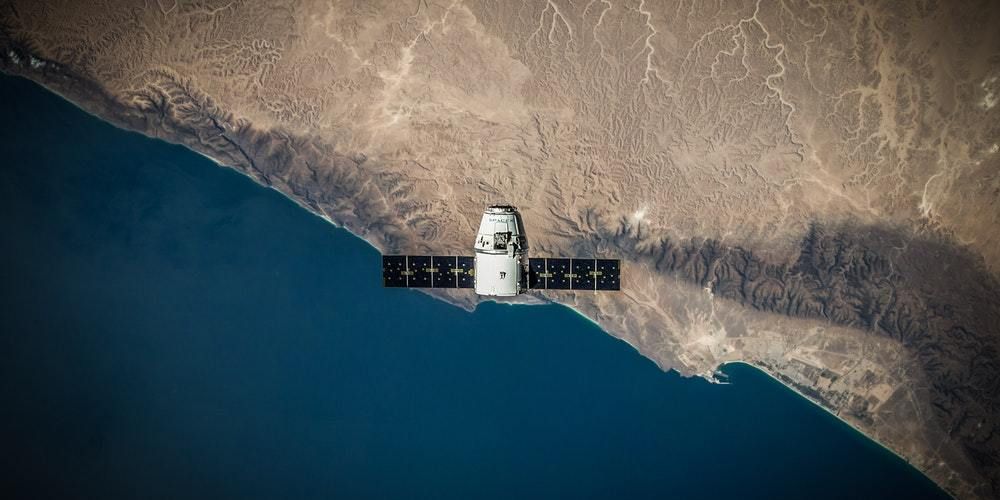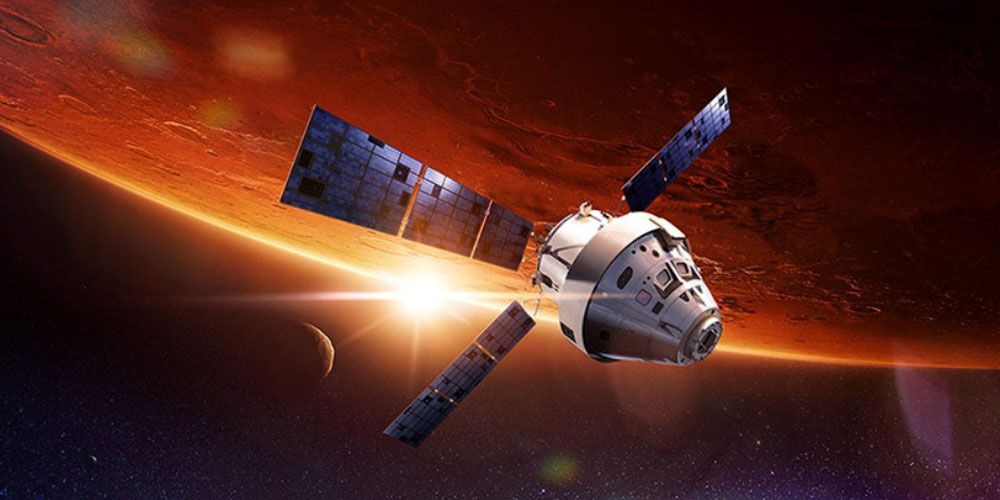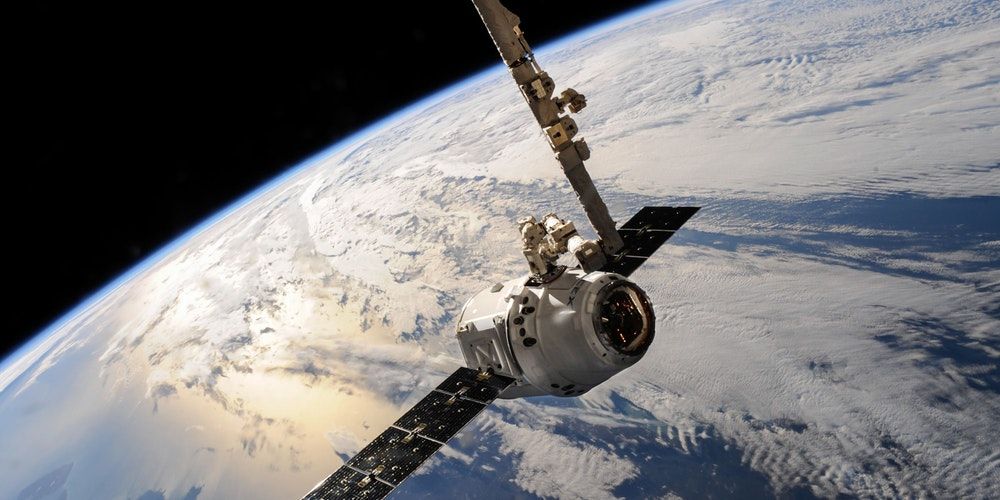ESA Selects 2 Small CubeSats for Study of Lunar Darkness
Bharatwa Editor
. 2 min read

The European Space Agency (ESA) is the European gateway to outer space. ESA mission is to shape the development of Europe's space potential and to ensure that investments in space continue to benefit the citizens of Europe and rest world.
The headquarter of ESA is in Paris, where plans and programs are being decided. The task of ESA is to compile the European space program and conduct it. ESA also works closely with space organizations outside Europe.
ESA has 22 member states and has great achievements so far like: Sending most advanced telecommunication satellite, studying magnetosphere, world's largest environmental satellite, research work on earth's gravity, space probe to mars etc.
Two Tiny CubeSats for the Study of Moon's Dark Side
The moon is that natural satellite which came into existence 4.6 billion years ago. Moon is known to have the synchronous rotation with earth and it's the same side faces towards earth all the time. There have been many unmanned missions to the Moon since 1959, however, it's darker side is still a mystery. Now the time has come to explore the darker side as well and small cube spacecraft is the great breakthrough in this regards.
Also Read:
1. NASA’s Kilopower Nuclear Reactor to Power a Habitat on Mars
2. SpaceX Tests 27 Engined Gigantic Rocket First Time!
Small cube spacecraft is not useful near to Earth's orbit. The European Space Agency has selected two winners in the competition to build CubeSats, which will study in the dark area on the moon. First, the Meteoroid Impact Orbiter (Lumio) of the Moon, by looking at bright flashes, will revolve around the remote direction of the meteor bomb exploration. Chandra Volatile and Mineralogy Mapping Orbiter (VMMO).

On the other hand, they will be practicing on Shackleton Crater permanently in the dark on the south of the lunar surface, which will look for climates and other elements that may be useful for colonists. It will keep watch for radiation, too. Recently NASA scientists have claimed that they could colonize the moon by 2022, if it is not done by that time still it is not in far future to establish human colonies.
Many people call moon "dull as a ball of concrete" however once having established at moon we can move to other celestial objects in deeper space and distant locations. ESA is working parallel to NASA to reach the same goal.
Also Read:
1. 12 Super Hot Ideas that Changed the World!
2. Elon Musk- A Big Dreamer with Exceptional Qualities!
Both devices have 12-unit CubeSats which will be almost as large as an "aircraft cabin bag." The difference comes mainly from sensors, Lumio will use an optical camera, while VMMO will depend on a tiny laser. The winners will work with the ESA at the mission plan in February and March. Only when they launch and how long they are active will hit those plans, but VMMO is expected to build a water map for the hole within 260 days.

Everything worked as expected, minuscule ships could help to start an era of low-cost lunar exploration. Until now, the moonlighters generally design large and expensive, which scientists unexpectedly choose to select missions. CubeSats could not help in completing the doors of operation of the Moon before that was not realistic and could help to fill the knowledge gap about our nearest heavenly earth.
More Stories from
15 Pakistani Movies That Will Make you Forget Bollywood
We have compiled the ultimate list of top 15 Pakistani movies that you shouldn't miss, these left a greater social impact.
Film Mafia, Fueling the Fire and Enraging Masses
Film Mafia of Bollywood is Fictionalizing history, Rubbishing Religion, Promoting Anti-National Spirit, Mocking Hindu Gods, Award Wapsi and Intolerance drive
How did India respond to Donald Trump's 25% tariff penalty on India?
Trade tensions between the United States and India have sharply increased as a result of this recent development. Know how India responds to Donald Trump's 25% tariff penalty on India.
Geoffrey Hinton's AI Warning: The Most Dangerous Invention Ever
AI is both beneficial and dangerous, depending on how it is developed, deployed, and regulated.
Unbelievable Facts about World History that will surprise you
Human history and the natural world are filled with mysteries, marvels, and strange truths that challenge our understanding. In this article, we will explore some unbelievable facts about world history.





